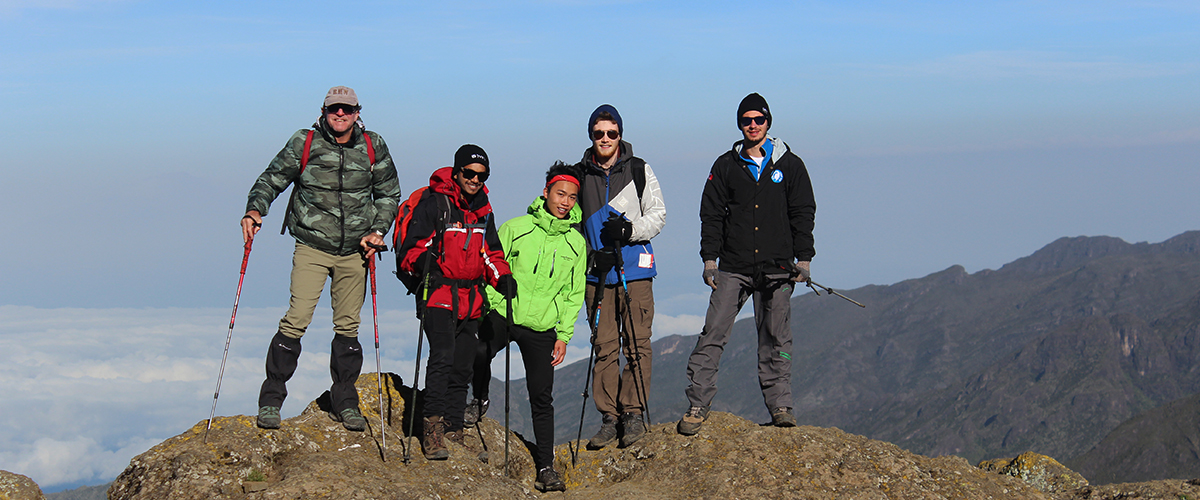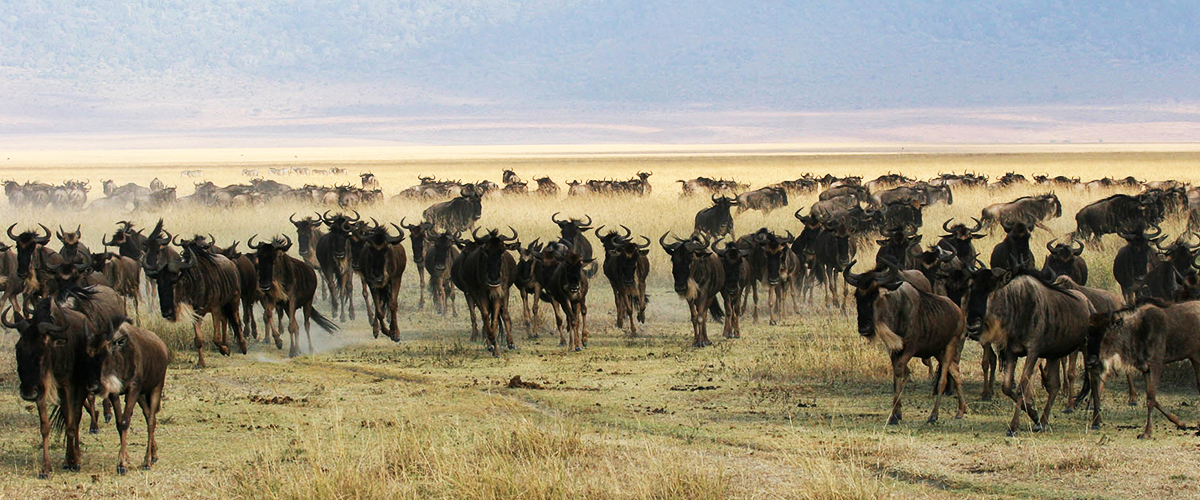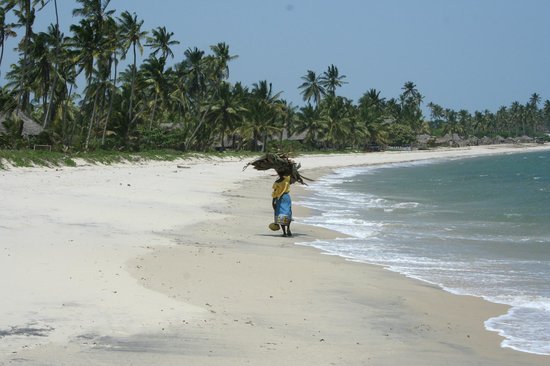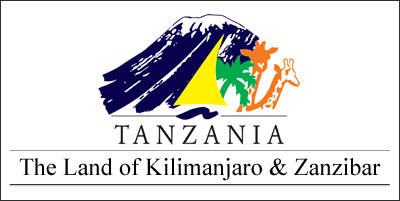Bagamoyo Holidays in Tanzania
Bagamoyo was once one of the most important dhow ports along the East African coast and the terminus of the trade caravan route linking Lake Tanganyika with Indian Ocean. Unloaded here before being shipped to Zanzibar and elsewhere, were slaves, ivory, salt and copra. In 1868 Missionaries established freedom Village at Bagamoyo as a shelter for ransomed slaves and for the remainder of the century the town served as an important way station for missionaries traveling from Zanzibar to the country's interior.
Many European explorers, including Burton, Stanley and Livingstone began and ended their trips here. From 1887 to 1891, Bagamoyo was the capital of German East Africa and 1888 it was the site of the first major uprising against the colonial government. When the capital was transferred to Dar es Salaam in 1891, the town rapidly lost its significance and almost forgotten. Today, Bagamoyo is a sleepy place (recovering slowly due to tourism industry expansion) and many of its buildings are crumpling in ruins but with extra-ordinary attractive beaches.
The Roman Catholic Museum - North of Bagamoyo town, there is an interesting museum run by a Catholic church (mission). The museum has interesting displays on the history of Bagamoyo and a section of some of the European explorers. The museum curator maintains an amicable atmosphere by allowing good visitors register their names in the museum “friends' book” and give them cards with “friends' number” to be used in any future correspondence with the museum.
Admission is free but donation will be appreciated. On the same compound is the chapel where Livingstone's body was laid before being taken to Zanzibar town en route to Westminster Abbey. The Catholic mission is as old as the establishment of freedom village by France in 1868 and the oldest mission in Tanzania. Scattered around town are some carved doors and various disrepair buildings dating back from the German colonial era.
The Bagamoyo Art College - About half a kilometer south of Bagamoyo along the road to Dar es Salaam is "Chuo cha Sanaa" which translates to art College. This is a well-known theatre and arts college. There are performances of traditional dancing and drumming especially when the school is session.
The Kaole Ruins - which include the remains of an oldest mosque in East Africa dating from the 13th Century and gravestones estimated to date from the 15th Century, are situated about 5 km south of Bagamoyo along the beach. This mosque was built when Kaole was an important Arabic trading post, long before Bagamoyo had assumed any significance.
Hanging Place - This was a place used by the German colonial government to hang to death the Africans who refused to follow the colonial rules in the late eighteen century. During the German rule Bagamoyo was a capital city of Tanzania.















